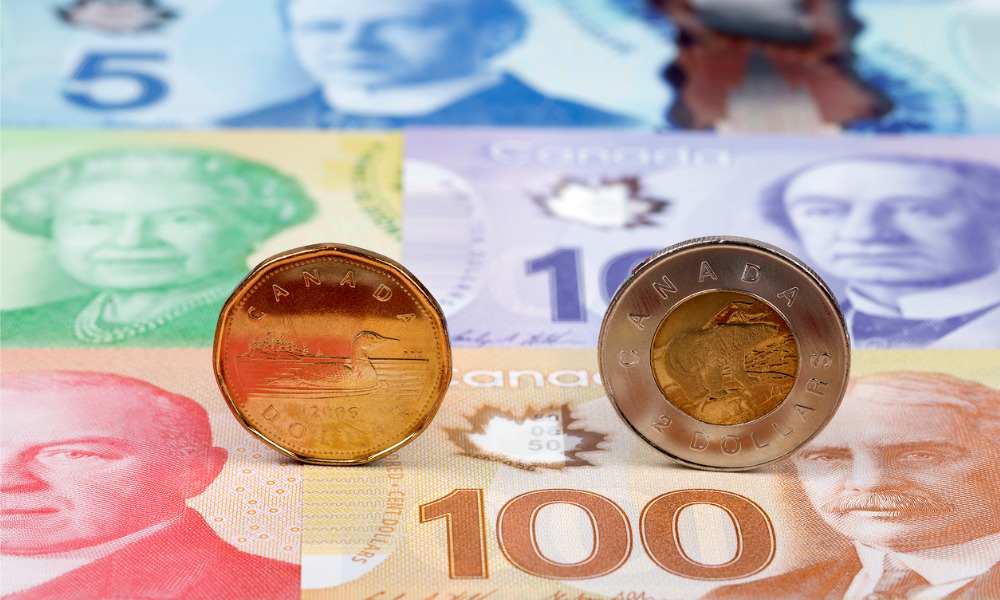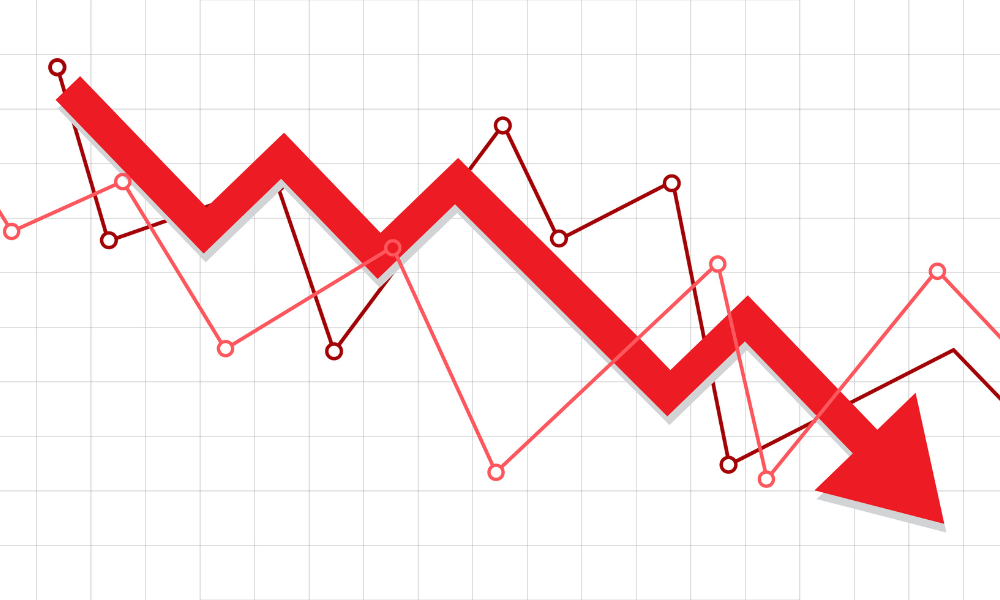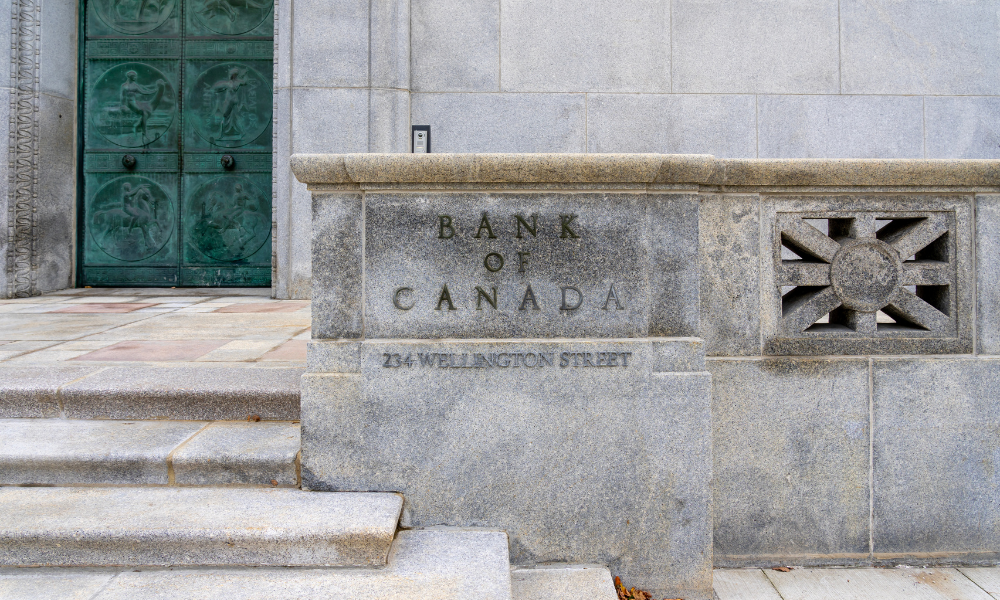However, U.S. dollar reaches 20-year highs against a basket of foreign currencies

An increase in the probability of a global economic downturn would increase demand for safe-haven currencies like the U.S. dollar, which will limit the Canadian dollar's gains during the coming year, according to a Reuters poll.
According to the poll's median prediction, the Canadian dollar would gain 1.6% over the next three months, from last month's forecast of 1.26 to 1.28 per U.S. dollar, or 78.13 U.S. cents.
Following that, it was predicted to increase to 1.25 in a year, compared to the previous forecast of 1.23.
"Recession risks are building ... We're starting to see them more and more priced into markets," said Jay Zhao-Murray, market analyst at Monex Canada Inc.
"It's the broad risk-off that's going to drive USD and it’s a bit more of a USD story that's moving dollar-CAD."
As supply shortages are exacerbated by the conflict in the Ukraine and COVID-19 lockdowns in China, economists have recently lowered their predictions for global economic growth. This makes it more probable that central banks would raise interest rates aggressively to combat rising inflation.
One of Canada's main exports – oil – has declined roughly $25 in recent weeks, returning to under $100 per barrel, and the country's stock market for commodities has down 15% from its record high in March.
As a result of strong gains versus the euro this week, the U.S. dollar has this week reached 20-year highs against a basket of other currencies.
"The negative tone that we've seen in risk assets - that's likely to persist until we see any major shift in central bank policy," Zhao-Murray said.
In the meantime, the U.S. dollar has risen this week to 20-year highs against a basket of major currencies, including sharp gains against the euro. The Bank of Canada is expected to increase its overnight rate by a sizable 75 basis points (bps) next week and by another 50 in September, front-loading a campaign to take monetary policy to where it will restrain the economy.
The yield curve has flattened as central banks tighten a region of the US that is closely watched.
The 2- to 10-year Treasury yield curve has inverted. That phenomenon has historically come before American recessions.
"Risks are tilted toward declines in the Canadian dollar if a U.S. recession happens sooner and oil prices continue to collapse," said Erik Nelson, a currency strategist, at Wells Fargo in New York.



